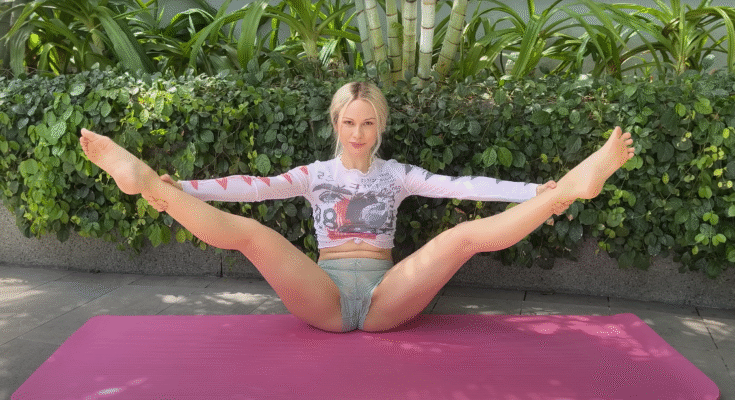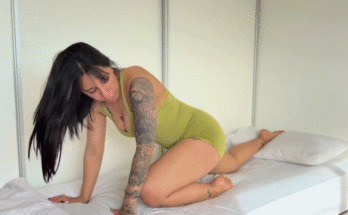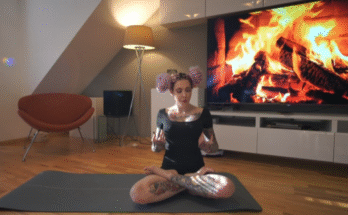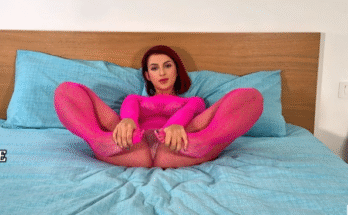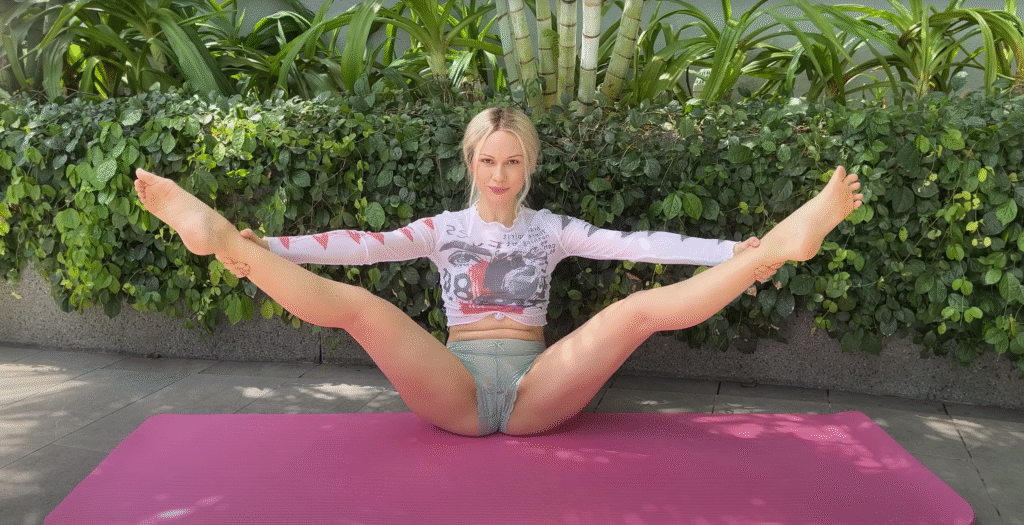
Modern life keeps our bodies tight. Long hours sitting at a desk, commuting, or staring at screens can leave the hips stiff, the lower back sore, and the spine restricted. Fortunately, a hip-opening yoga flow can restore mobility, release tension, and improve posture. In this session, Chloe guides you through a 4K-quality yoga routine focused on hip opening, pelvic alignment, and spinal release — all designed to leave you feeling light, flexible, and rejuvenated.
This article will walk you through the benefits, the flow itself, and tips to get the most out of your practice.
Why Hip Opening and Spine Release Matters
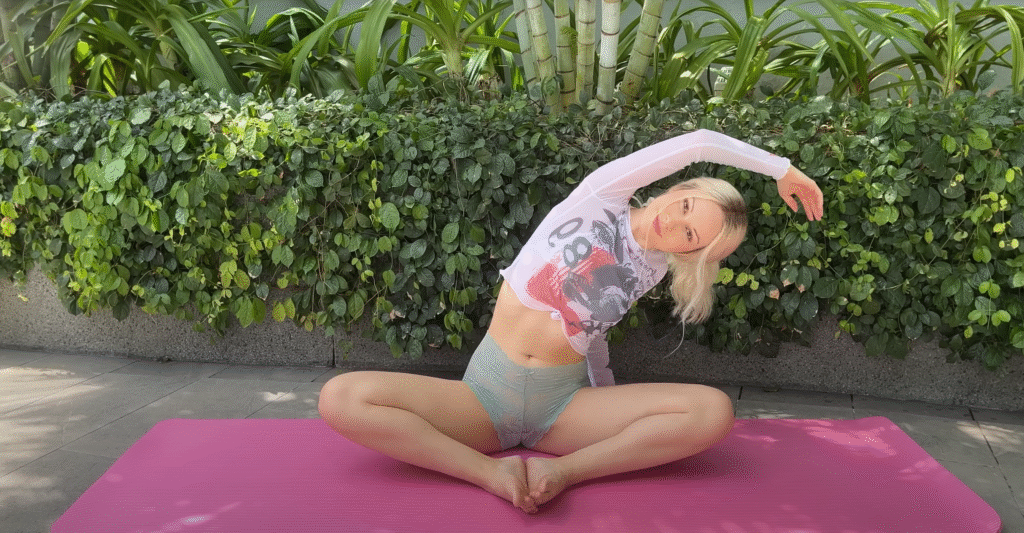
The hips are the center of movement for the entire body. Tight hips can:
- Limit lower body mobility.
- Cause lower back pain.
- Contribute to poor posture and stiffness.
- Hinder athletic performance or everyday movement.
Similarly, the spine is the main support structure for your body. Tension in the pelvic region often leads to misalignment, back stiffness, and discomfort. By targeting the hips and pelvis together, this flow creates a holistic release, improving flexibility, circulation, and energy flow throughout the body.
Chloe’s guided routine in 4K clarity allows you to follow along safely, ensuring correct alignment while feeling supported throughout each movement.
Key Benefits of This Yoga Flow
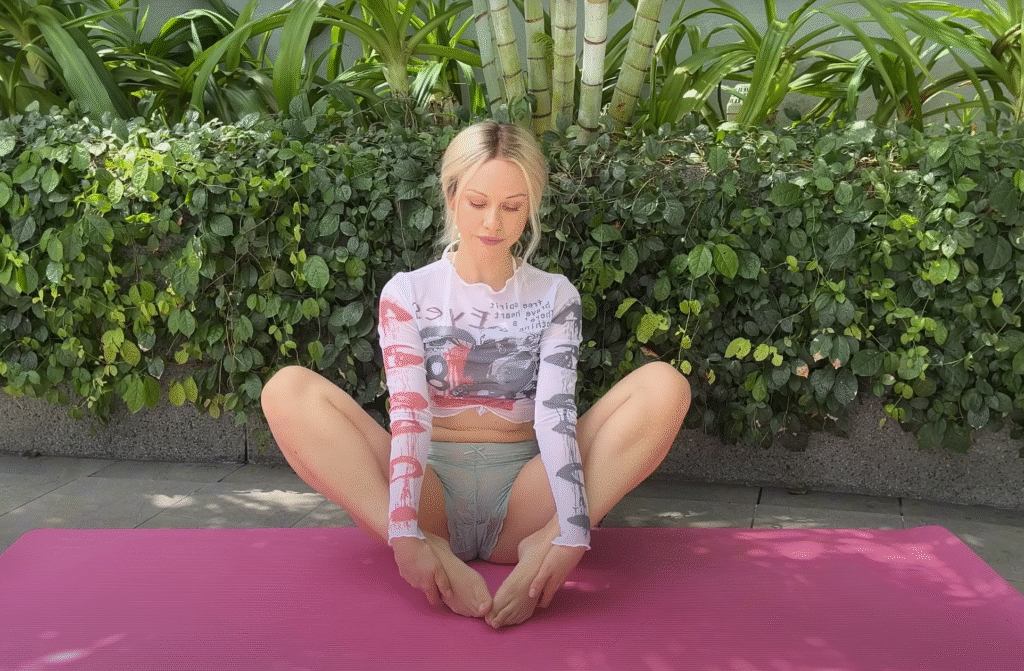
- Hip Flexibility: Opens deep hip flexors, glutes, and outer thighs, improving movement for activities like walking, running, or bending.
- Pelvic Alignment: Encourages proper pelvic positioning, reducing stress on the lower back.
- Spine Mobility: Gentle twists and extensions release tension and improve spinal flexibility.
- Relaxation & Stress Relief: Deep breathing combined with gentle movement calms the nervous system.
- Enhanced Posture: Increased hip and spine mobility makes everyday activities more comfortable.
- Energy Flow: The combination of stretching, breathing, and mindful movement stimulates circulation and rejuvenates the body.
Chloe’s 4K Hip Opening Yoga Flow
This routine is designed to be accessible for all levels, but advanced practitioners can also deepen the poses for a stronger release. Total duration is approximately 20–30 minutes, but you can adapt sections to fit your scheduleStep 1: Seated Pelvic Tilts (2 minutes)
- Sit on the floor with legs crossed comfortably.
- Place hands on your knees or thighs, lengthen the spine.
- Slowly tilt the pelvis forward and back, articulating the spine.
- Breathe deeply, feeling the stretch through the lower back and hip flexors.
Why it works: This movement wakes up the pelvic muscles, mobilizes the lower spine, and prepares your body for deeper hip openings.
Step 2: Cat-Cow Flow (2–3 minutes)
- Come onto all fours, shoulders stacked over wrists, hips over knees.
- Inhale, arch the back, lifting chest and tailbone (Cow Pose).
- Exhale, round the spine, drawing the navel in (Cat Pose).
- Move slowly with your breath, creating fluid motion through the spine.
Why it works: Cat-Cow releases spinal tension, warms up the back, and gently stretches the hip flexors.
Step 3: Low Lunge with Side Stretch (2 minutes per side)
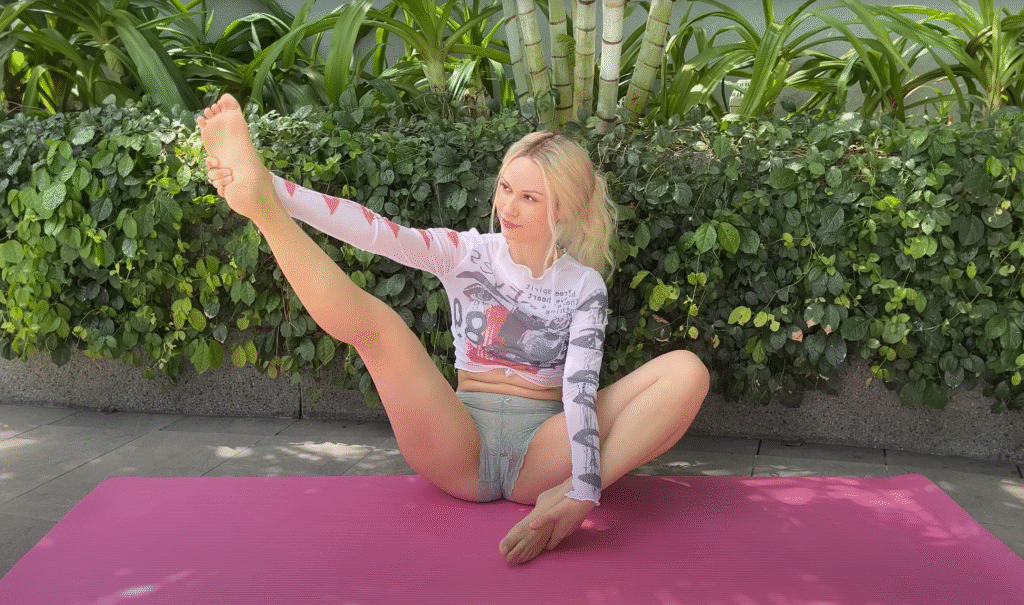
- Step the right foot forward into a deep lunge, left knee on the mat.
- Keep hips square and spine long.
- Reach right arm overhead and lean slightly to the left for a side stretch.
- Hold, then switch sides.
Why it works: Opens the hip flexors, stretches the side body, and lengthens the spine simultaneously.
Step 4: Pigeon Pose (1–2 minutes per side)
- From a plank or downward dog, bring the right knee forward toward the right wrist, shin angled slightly.
- Extend the left leg back, keeping the hips square.
- Fold forward gently over the front leg.
- Repeat on the other side.
Why it works: Pigeon is one of the most effective hip openers. It stretches glutes, outer hips, and deep rotators while promoting spinal lengthening.
Step 5: Seated Wide-Leg Forward Fold (2–3 minutes)
- Sit with legs extended wide in a straddle.
- Flex feet and keep the spine long.
- Hinge forward at the hips, reaching arms forward.
- Relax the head and neck, allowing gravity to gently deepen the stretch.
Why it works: This stretches hamstrings, inner thighs, and lower back while encouraging proper pelvic alignment.
Step 6: Supine Spinal Twist (1–2 minutes per side)
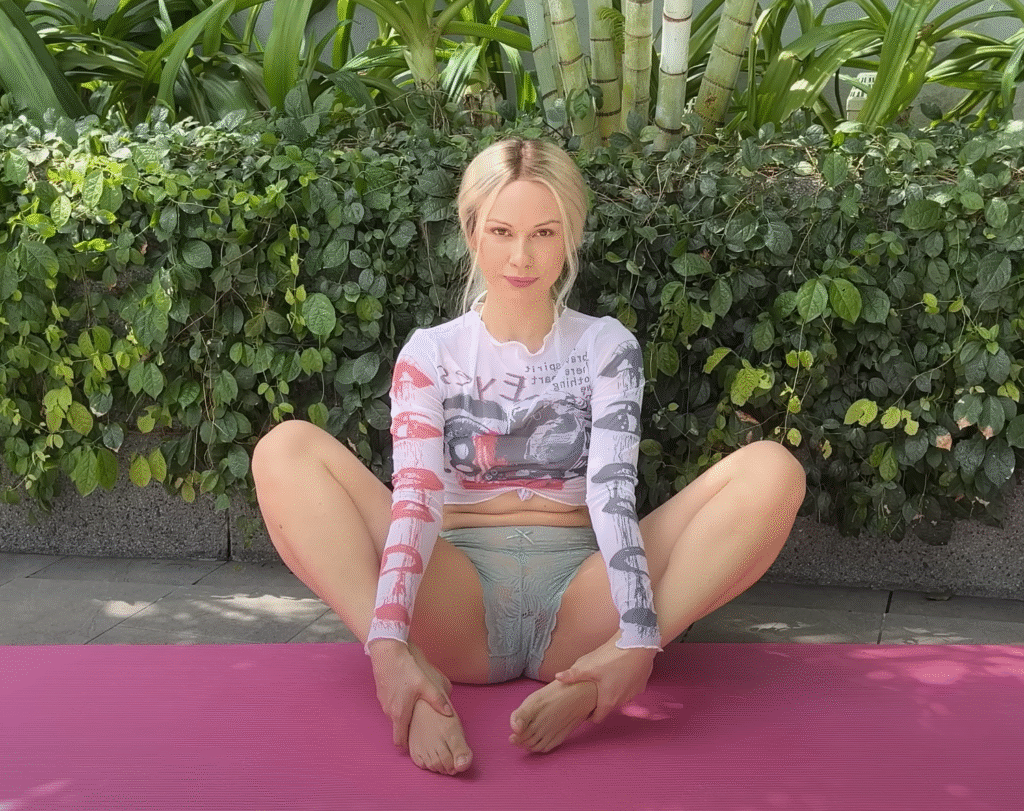
- Lie on your back, hug knees to chest.
- Drop knees to the right, extend arms out to a T, gaze left.
- Hold and breathe, then switch sides.
Why it works: Twists release tension in the spine and pelvis, improve digestion, and encourage rotational mobility.
Step 7: Happy Baby Pose (1–2 minutes)
- Lie on your back, bend knees, and grab the outer edges of your feet.
- Pull knees toward the armpits, keeping ankles above knees.
- Rock gently side to side if comfortable.
Why it works: Opens hips, stretches the lower back, and releases tension in the sacrum.
Step 8: Savasana (3–5 minutes)
- Lie flat on your back, arms at sides, palms facing up.
- Close your eyes and breathe naturally.
- Let the hips, pelvis, and spine fully release.
Why it works: Integrates all the stretches, allowing muscles and nervous system to reset and absorb the benefits of the practice.
Tips for an Effective Practice
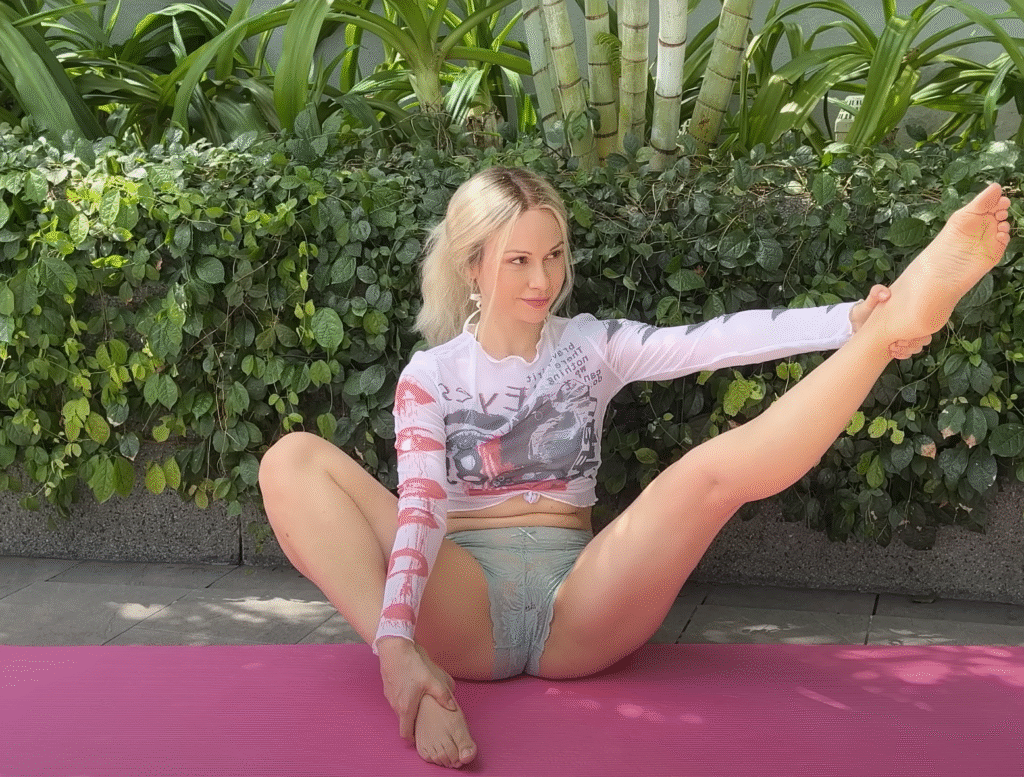
- Focus on breath: Synchronize movement with deep inhales and exhales for maximum release.
- Move mindfully: Don’t rush; quality of movement is more important than quantity.
- Use props if needed: A yoga block or folded blanket under hips can make poses more accessible.
- Listen to your body: Stretching should feel like release, not pain.
- Practice consistently: Even 10–15 minutes daily can create noticeable improvements over weeks.
Why 4K Matters
Practicing in 4K resolution allows you to see subtle alignment cues, hand and foot positioning, and the correct angle of stretches. This clarity ensures safe practice and helps you mimic Chloe’s form accurately, maximizing flexibility gains and minimizing the risk of injury.T
The Mind-Body Connection
Hip-opening yoga is not just physical—it’s emotional and mental. Tight hips often store tension and stress. As you release muscles, you may notice:
- A sense of lightness in the body.
- Increased mental clarity.
- Emotional release, such as letting go of stress or frustration.
Chloe’s slow, intentional flow encourages this mind-body connection, helping you feel grounded, balanced, and more at ease.
Benefits Beyond Flexibility
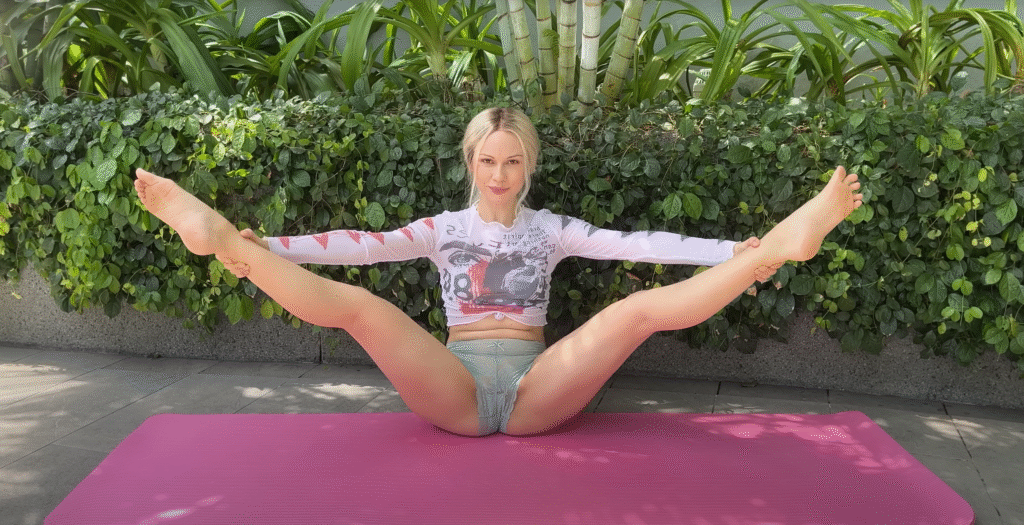
Regular hip-opening yoga flows can enhance:
- Posture: Open hips improve spinal alignment and standing posture.
- Athletic performance: More hip mobility enhances running, jumping, and kicking.
- Injury prevention: Flexible hips and spine reduce the likelihood of strains.
- Relaxation: Lowers stress and calms the nervous system.
Final Thoughts
Chloe’s [4K] Hip Opening Yoga Flow is a holistic practice that targets the hips, pelvis, and spine, releasing tension and improving mobility. With consistent practice, this routine not only increases flexibility but also strengthens supporting muscles, enhances posture, and calms the mind.
Whether you’re a beginner or an experienced yogi, dedicating even 20–30 minutes to this flow can create transformative results. Take your time, focus on breath and alignment, and let your body open naturally.
Your hips and spine are central to your overall movement and well-being. Give them the care they deserve, and you’ll feel stronger, lighter, and more balanced in every aspect of life.
Start this hip-opening journey today with Chloe, and experience the release your body has been waiting for.
